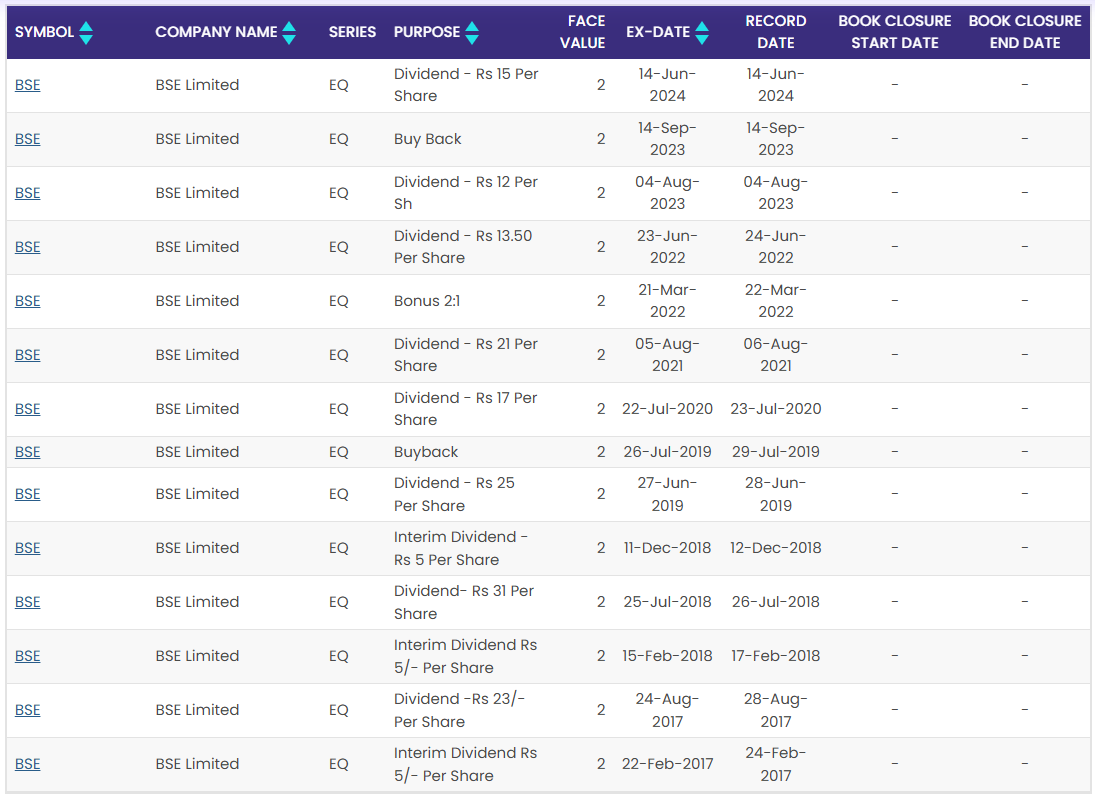How I Discovered a 30x Winner Without Spreadsheets or Hype
BSE is a prime example of how a simple, undervalued stock became a 30x winner through patience, understanding market potential, and focusing on long-term growth without complex models.
“It is said that a man only needs a very few investment ideas to make up a highly successful investor. I’ll be briefly talking about one such idea, which had been a great success.”
The Background
BSE — India’s oldest stock exchange — is hardly an unknown name. Yet, for a long time, it was trading far below its intrinsic value.
When I first looked at it as a potential investment, the total market capitalization stood around ₹2,000–3,000 crore. Today, nearly five years later, it trades at over ₹86,000 crore. Our average purchase price increased gradually over time, but the core thesis remained the same.
The Valuation Back Then
At the time of initial interest, BSE was earning roughly ₹150 crore annually and distributing around ₹100 crore in dividends. With a market valuation of ₹2,500 crore, this translates to:
An earnings yield of 6%
A dividend yield of 4%
Considering interest rates at the time, and without assuming any exceptional growth, the stock was clearly cheap relative to most others in the market.
Two Components of a Stock: “A” and “B”
Here’s how I like to break it down:
Component A: The no-growth value — think of it like a bond, based on the business’s current earnings power.
Component B: The present value of growth — future possibilities that could range from zero to multiples of the current earnings (or even negative).
The investing logic is straightforward: the more value I get from A relative to the price I pay, the better my downside protection. As for B, since it’s unknown, I want to pay as little as possible for it.
If I value A at 100 and buy the stock at 120, I’m effectively paying just 20 for all future growth. In BSE’s case, that 20 turned out to be a huge bargain.
Why I Bought: No Presentations, No Spreadsheets, Just Conviction
I wish I could include charts, models, or calculation sheets — but I never had any. Not when I bought, not when I partially exited, and not now, as I write this in MS Word (probably the most advanced tool used here).
No Excel. No pitch decks. Not even notes with legible handwriting. If an investment requires that much technical proof to make sense, it probably doesn’t make sense to begin with.
So, apologies — I’ve got no documentation to attach. Just thoughts and outcomes.
Let’s now turn to what really mattered — the reasons for the investment at the time, without falling into the trap of hindsight bias now that the stock is up more than 30x.
A Familiar Edge: Understanding Derivatives
At the time, I had a strong grasp of the Indian derivatives market and was involved in small-scale arbitrage operations. That familiarity gave me an edge.
Almost all derivatives activity occurred on NSE — BSE’s only true competitor. In fact, I don’t remember placing a single derivatives trade on BSE at that time. NSE dominated, and its profits were surging.
Derivatives were, and still are, the primary revenue driver for stock exchanges.
Spotting the Catalyst: Derivatives at BSE
Although BSE had negligible volume in derivatives, it had already introduced derivative products and was making serious efforts to grow that segment under its leadership.
It didn’t require deep analysis to see this. It was visible in their intent, in how they were setting the stage. While BSE was also making progress in other areas like the BSE Star Mutual Fund platform (which I saw as an add-on), derivatives were the real catalyst.
The potential increase in derivative volumes — especially for its flagship index ‘Sensex’ — was the primary driver I was focused on. The groundwork had already begun.
Delayed Gratification = Better Outcome
Back then, I wanted to keep buying, so I didn’t mind if the catalyst took longer to play out. In fact, a delayed catalyst would have let me accumulate more at a cheaper price. I wasn’t hoping for quick appreciation — I was hoping for time.
Margin of Safety: The Foundation of Every Good Investment
BSE was a classic value play at that time:
Low profit multiples
Strong dividend yield
Clean balance sheet
Low capital expenditure requirements
It was a business that could grow significantly while returning cash to shareholders, without needing to reinvest heavily to generate higher returns. That’s the kind of setup that can meaningfully increase return on equity.
Governance: The Most Comfortable I’ve Felt
Being an exchange — a critical piece of national financial infrastructure — BSE was under significant regulatory scrutiny. Every transaction was on record. Every process was monitored.
There was no material misgovernance visible, and not much room for it either. Like Charlie Munger said, the best businesses are those that "an idiot can run" — not because they’re simple, but because they’re resilient.
Even now, I haven’t found another investment where I felt more at ease from a governance standpoint.
Wrapping Up: The Simple Truth
BSE was a wonderful business with growth potential, trading at a fair valuation, with solid governance and a margin of safety — all in plain sight. And it wasn’t hard to see.
To save you more reading and to avoid risking that you don’t finish this piece, I’ll just say:
“A Phil Fisher stock available at Ben Graham price.”
Was it luck, skill, or something else? I don’t have a clear answer to that. But I’ll end with a slightly altered quote from Walt Whitman:
“The truth was always simple — but not simpler. If it had been complicated, everyone would have understood it.”
This post is a guest post by Prakhar Agarwal & he can be reached out at Prakhar@shrihittruealphacapital.com
Note - I have edited the version for better clarity the core thoughts are provided by Prakhar himself.






